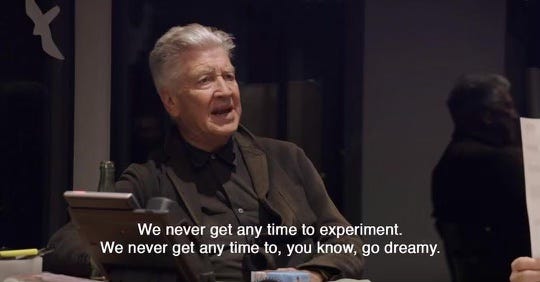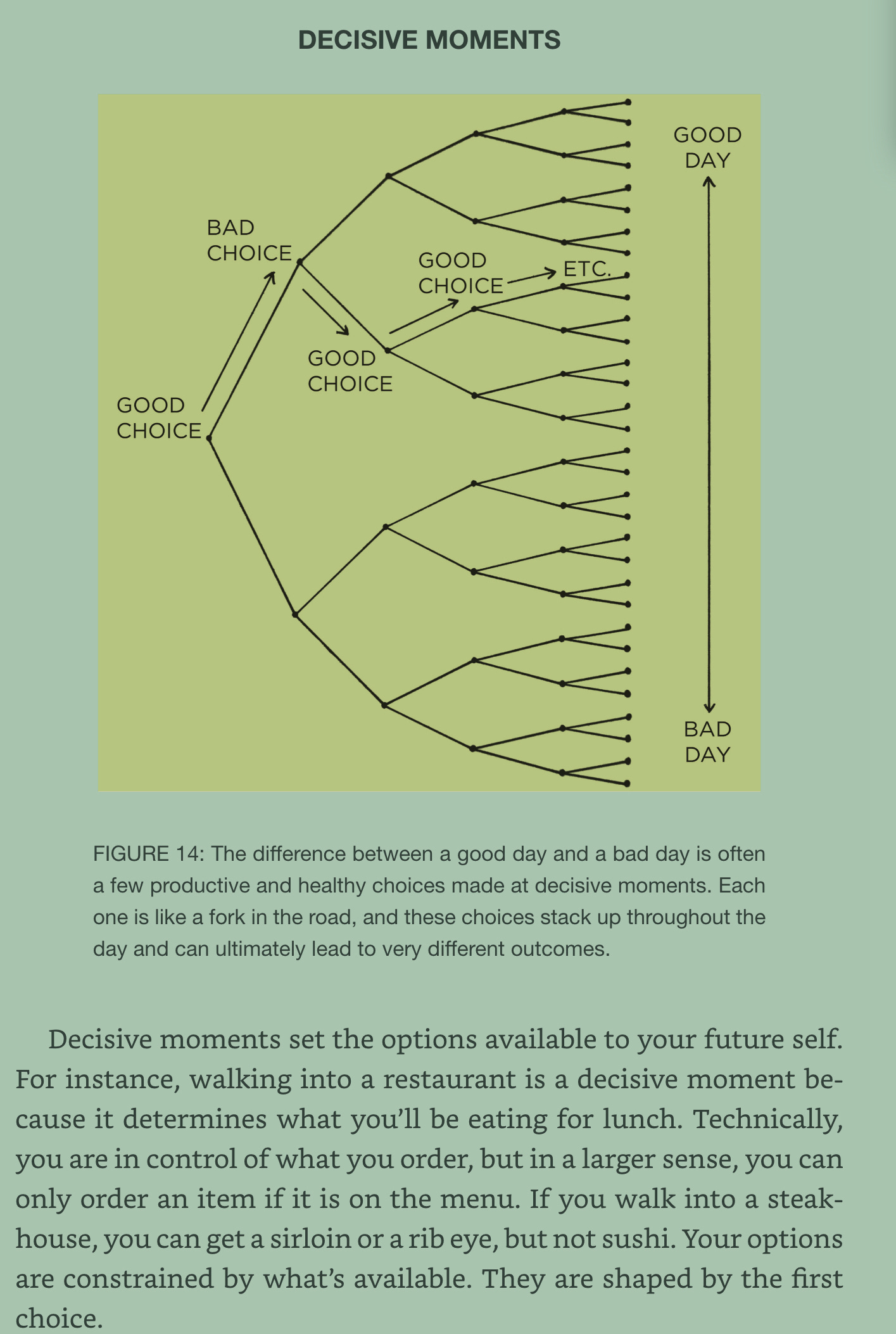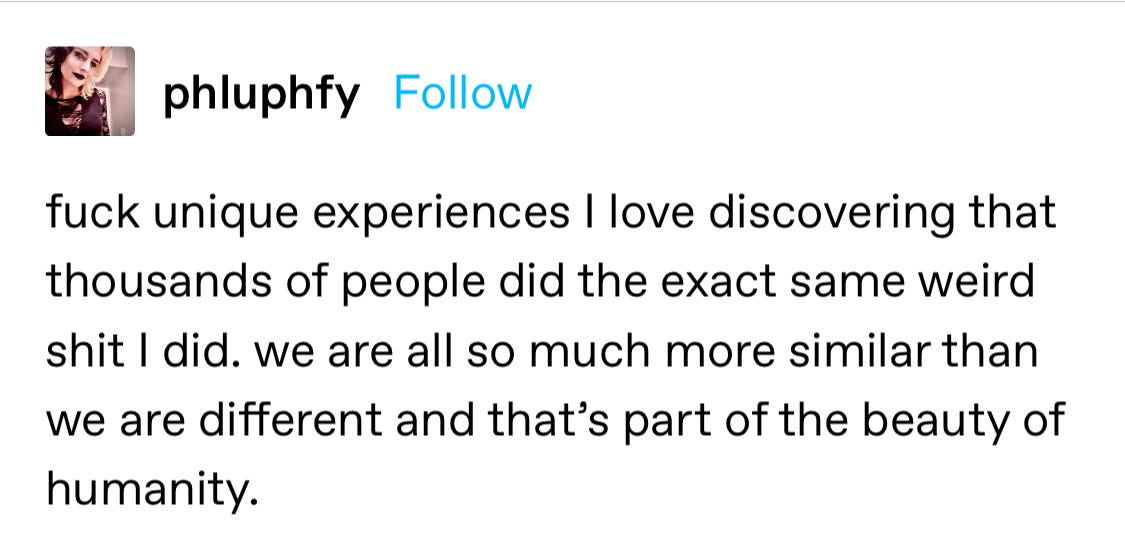/////////

/////////
On PR
I hate briefs that ask to use earned press in place of media dollars. Done well, it is a surefire way to get a lift in SOV without the media budget of a competitor. This used to be called Guerilla Advertising but that fell out of vogue when the internet introduced the false high of impressions.
However, you will encounter them. In an increasingly short term world, clients want headlines in the news that generate handshakes in the hall. Not the slow march of building a brand they don’t plan to be working for in a few years.
So here are a few thoughts to keep in mind that might help make PR stunts that aren’t horrible.
Why do they always have to “engage” the consumer? All a stunt really needs to do in order to be baseline successful is create a spectacle. Take your product and make a 50’ tall version of it. Place it somewhere public and unexpected. The less sense it makes the better.
PR ideas should be vetted by a media publisher. This is one of few types of work where “testing” is cheap, fast, and actually worthwhile. All it requires is foresight or established relationships. Your agency should have contacts at various publishers for this purpose.
PR idea mandatory: no media budget. That’s what makes it a PR idea. If it passes that test, you can then add media support to make it bigger, but it has to be possible without it.
PR ideas shouldn’t be a content play. There should be fabrication budget, not production budget.
Seriously, confusion and uncertainty are some of the strongest drivers of media.
/////////
A quote about UX that is about way more than UX
The most natural implementation of any feature request is additive, attempting to leave all other elements in place and simply inserting one new component: a new button in a UI or a new parameter to a function.
As this process is repeated, the simplicity of a system is lost and complexity takes its place. This pattern is often particularly obvious in enterprise software, where it’s clear that each new feature was written for one particularly large customer, adding complexity for all the others.
Every feature request has a constituency – some group who wants it implemented, because they benefit from it. Simplicity does not have a constituency in the same way, it’s what economists call a non-excludable good – everyone benefits from it.”
Simplicity benefits everyone.
/////////
When was the last time you casually browsed the things you have saved for future reference?
“In short, the architecture of digital platforms has made us obsessive documenters and consumers of the present, yet largely indifferent to the archives we create.”
via an interesting read on the shifting nature of “social networks” by Sari Azout
The Rise of Community-Curated Knowledge Networks
Takeaway: Set aside time to revisit your archives
/////////////
What’s your favorite ad from every decade?
////////////
//////////
Budgeting isn’t the solution.
Budget Culture and the Dave Ramseyfication of Money by Anne Helen Petersen’s fantastic newsletter Culture Study
It’s like recycling. The earth isn’t polluted because you don’t separate your plastics. The individual is not the problem, but the system we’ve created that relied on never ending profit growth (personally, I look forward to the fine dining experience of eating the rich).
/////////
One of the most important skills as a planner is being able to recognize decisive moments in the process. The earlier they are, the more important they are. Just replace “day” with “work” or “creative output” in this image and it illustrates the point really well.
/////////
Research as a leisure activity
/////////
/////////
A thought: We try to sell ideas and platforms while clients want to buy executions. Don’t try to get approval on something abstract, give them something they can feel like they put into the world.
/////////
WEEKLY MONSTER
a work in progress. Can you tell which loony toon I used for the body reference?








I feel (as a PR practitioner) there is a big gap between 'do something cheap, dirty but will make me/my brand famous for 24 hours' - aka a low budget PR 'stunt' and what actual modern PR is, which can contain elements of the former, but is usually much broader and varied, and shares much common DNA with other marcoms disciplines, including research, insight, strategy and building brands and going on a journey in partnership and so on - it is certainly no longer built around going for cheap, quick wins with no real rhyme or reason.
The irony is that most decent PR agencies would reject a stand-alone brief for a 'cheap nasty stunt', for many of the same reasons you call out, and would aggressively challenge the brief and/or walk away from it. In an ideal world, it wouldn't be called a 'PR stunt' because it taints what PR really is.